How to Overcome Procrastination and Boost Productivity
VerifiedAdded on 2023/04/26
|6
|1063
|126
AI Summary
Derivation of gradient of negative log-likelihood in logistic regression.
Calculation of gradient using sum of (1-yi) and yi with sigmoid.
Calculation of W for logistic regression.
Probability of positive outcome of patient's visit and coefficient vector.
Model assessment scheme and physician feedback label.
Time complexity of update rule and learning rate bounds.
Contribute Materials
Your contribution can guide someone’s learning journey. Share your
documents today.
1 out of 6
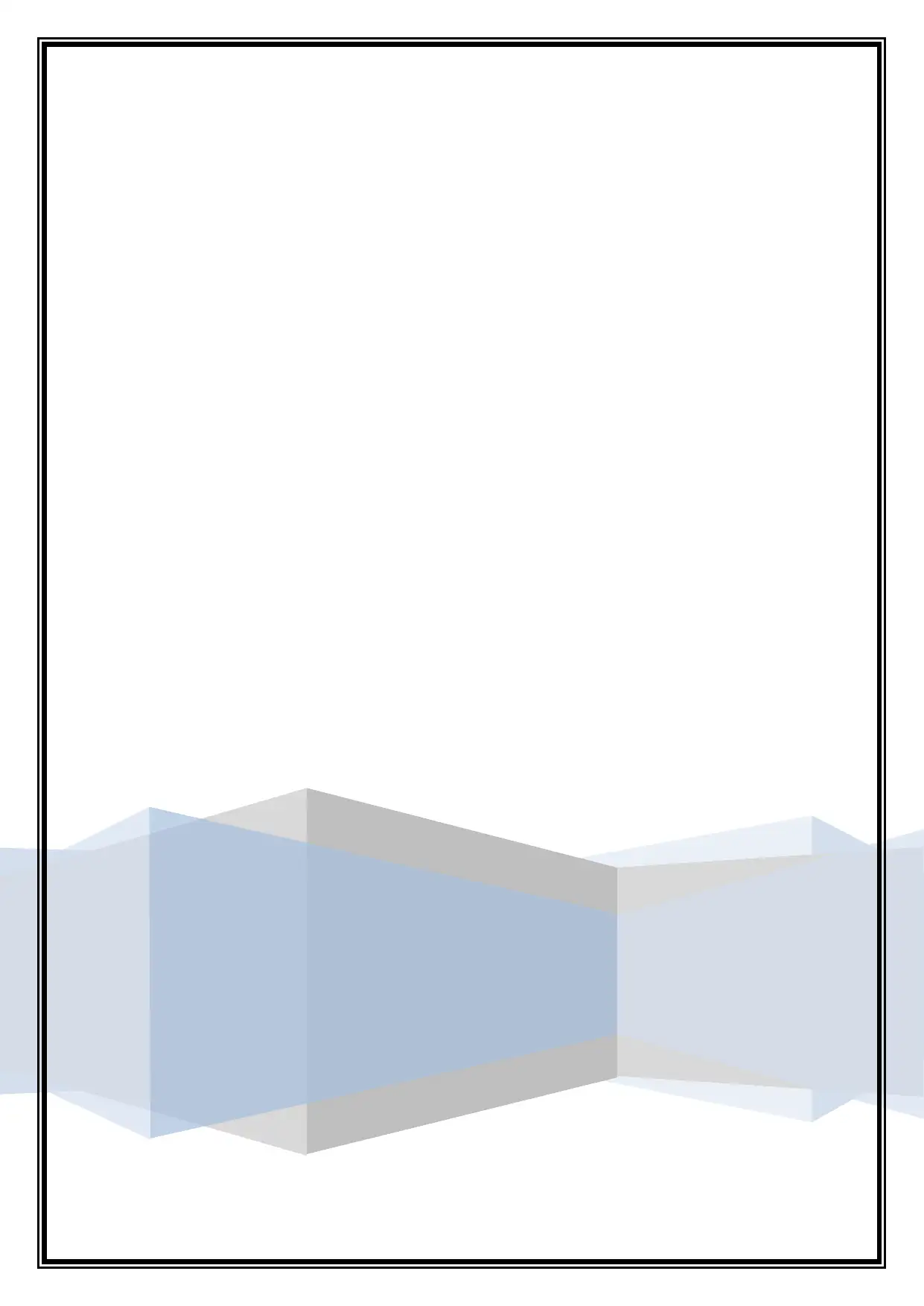

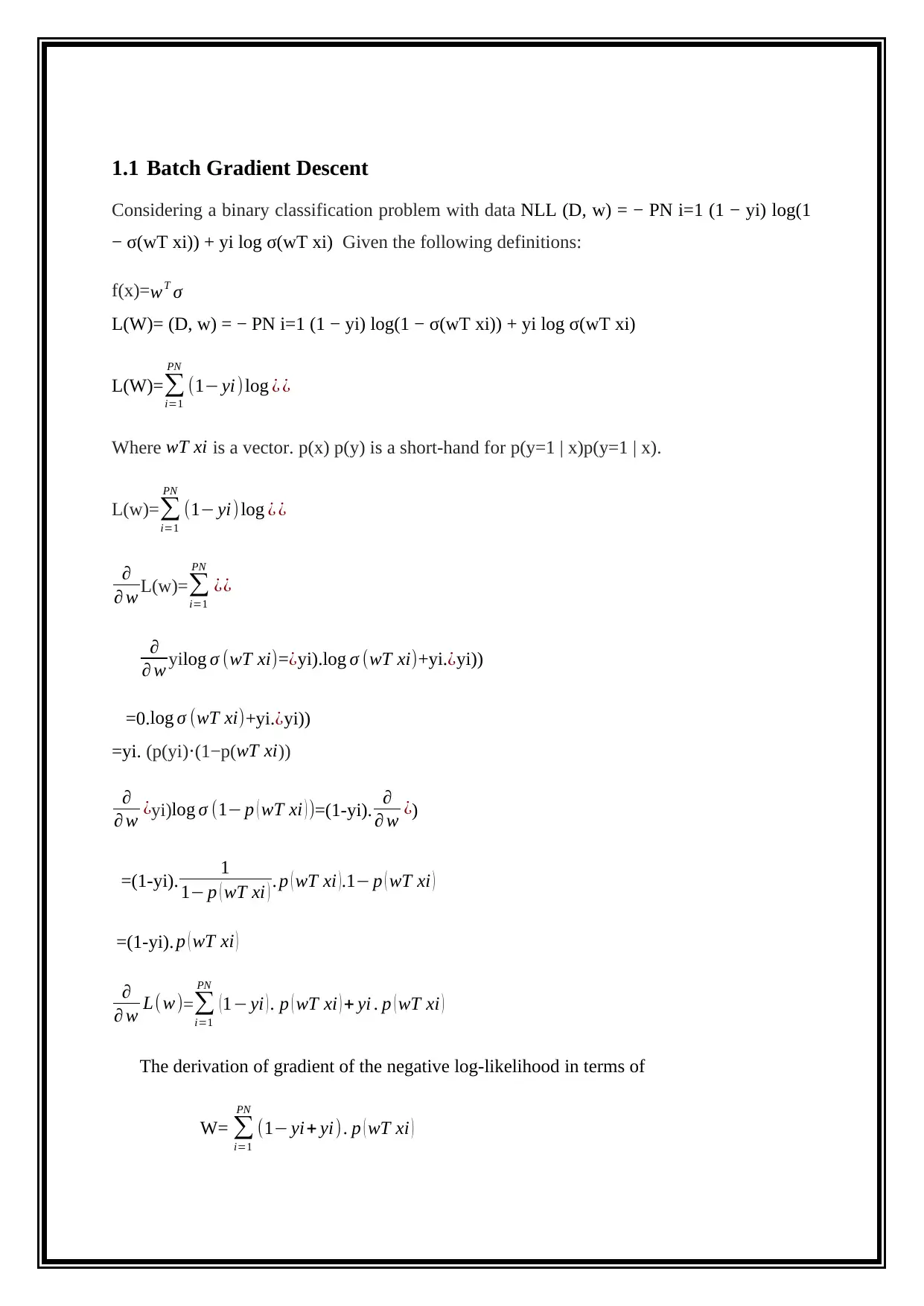
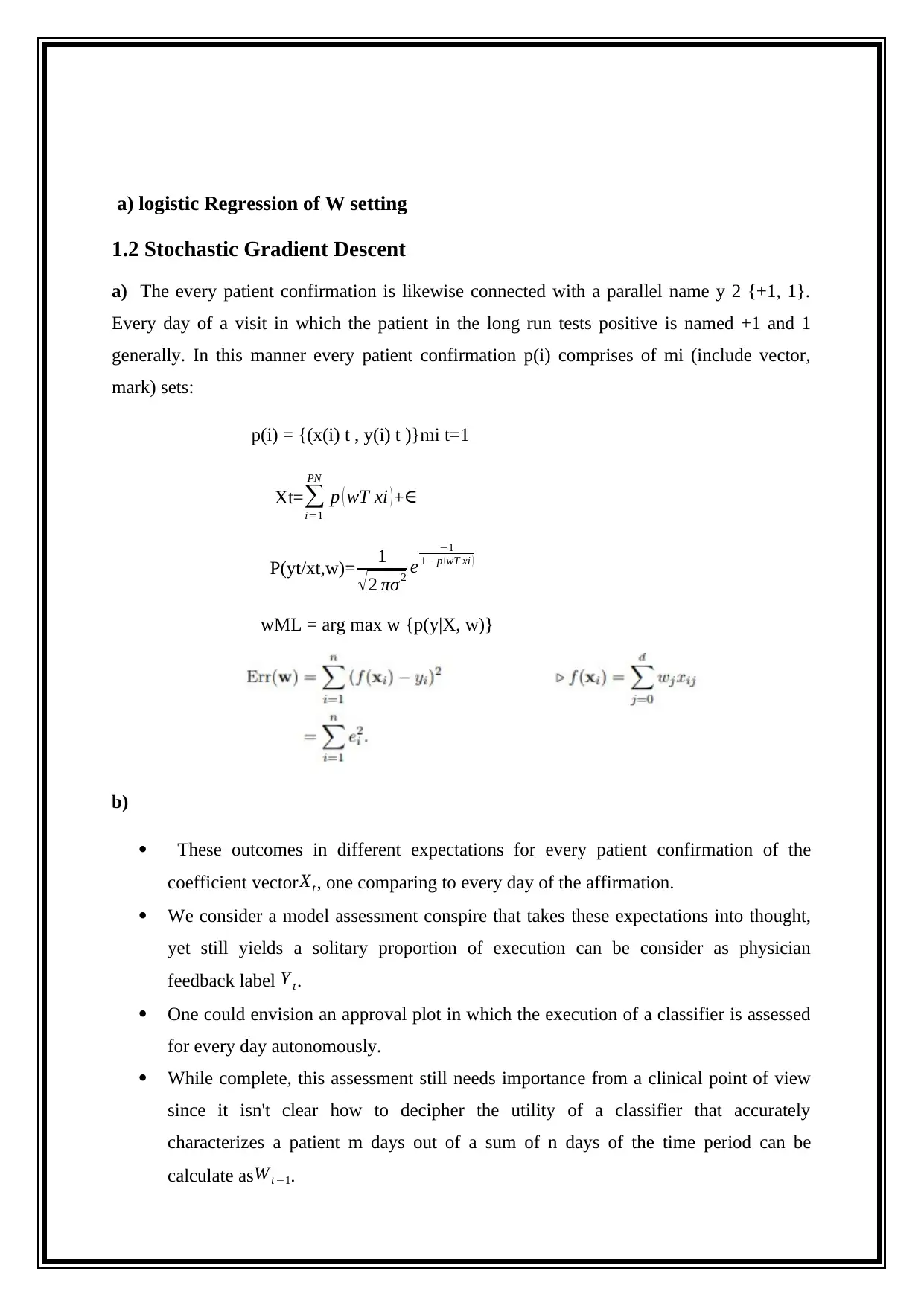
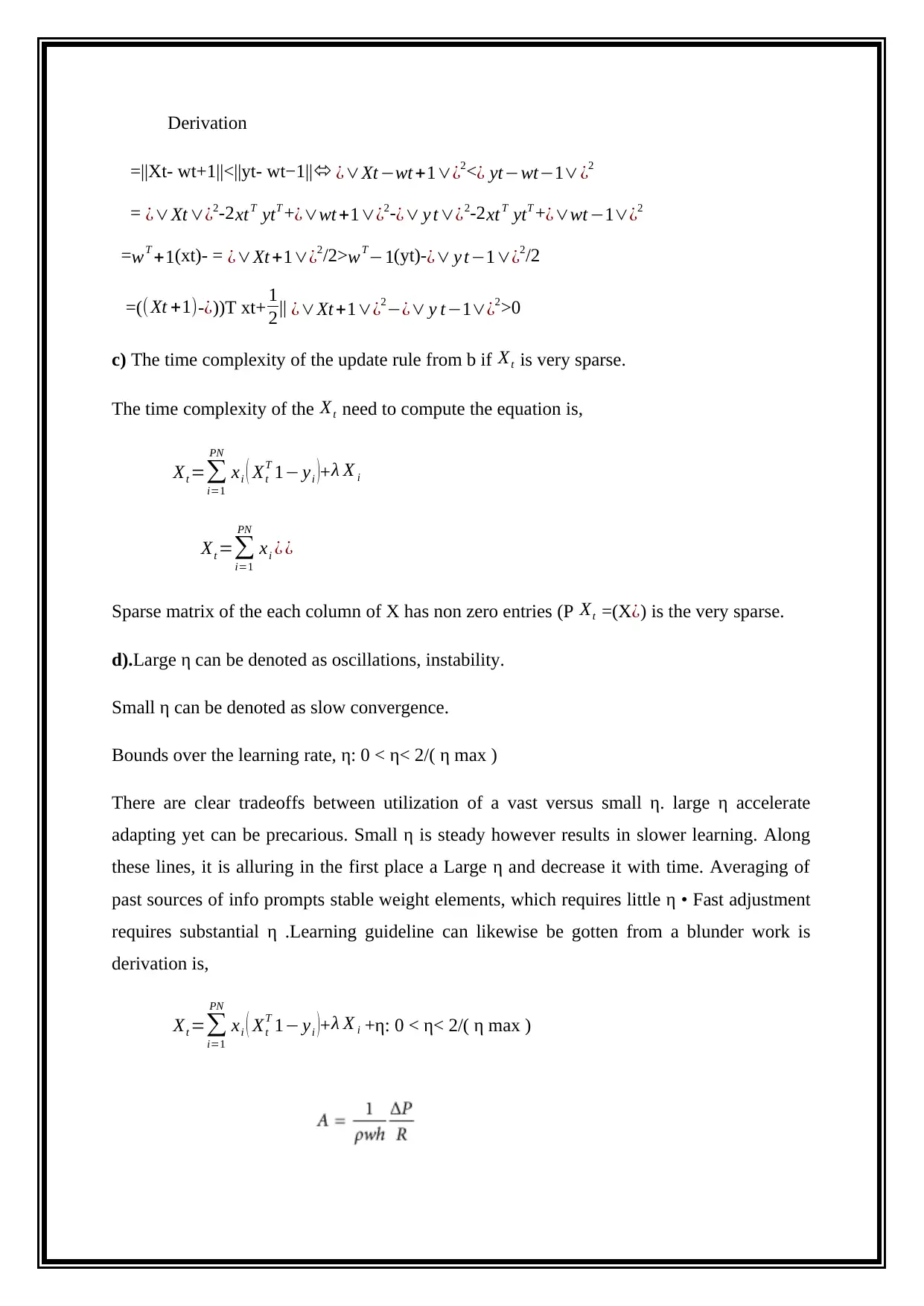
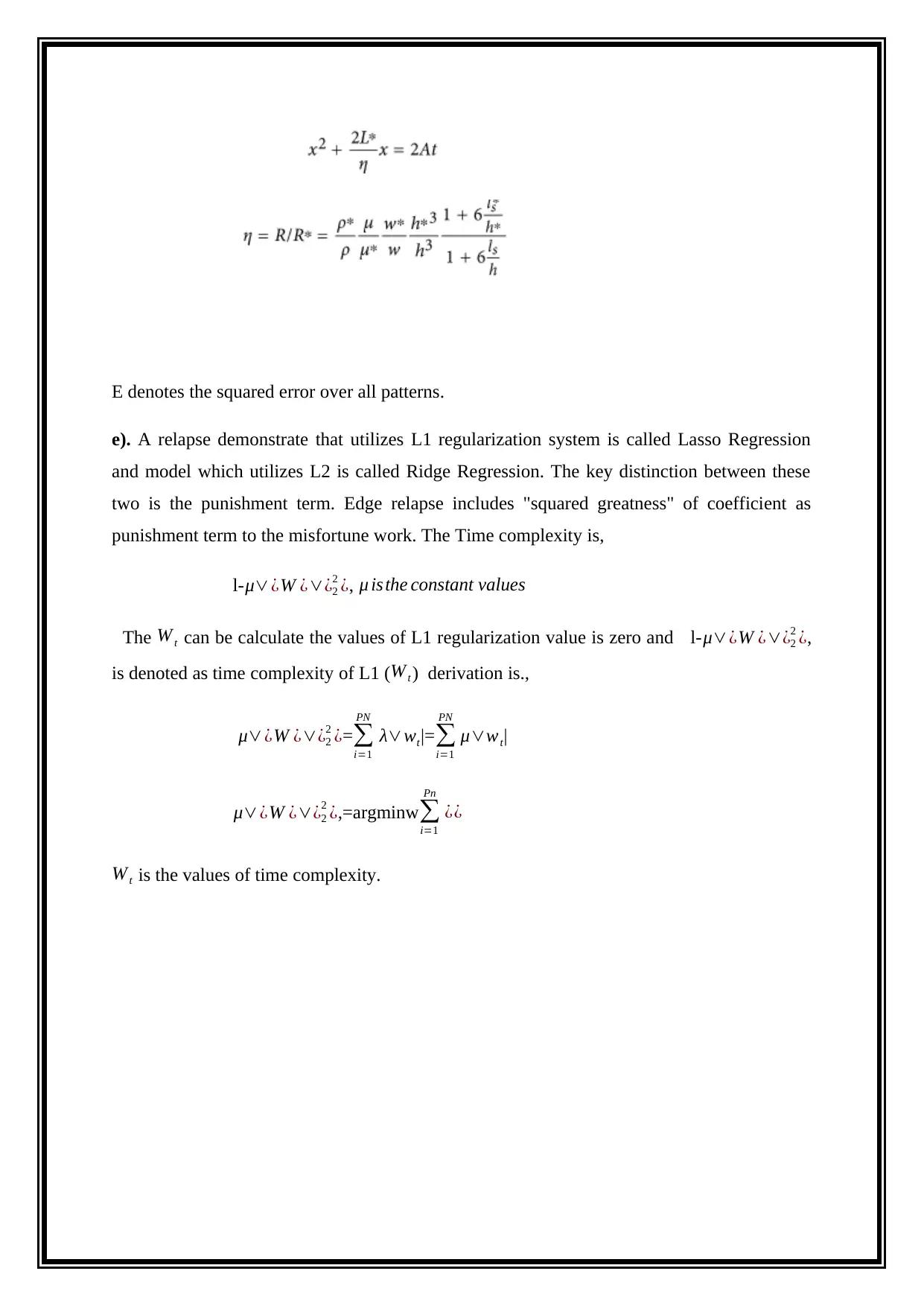



![[object Object]](/_next/static/media/star-bottom.7253800d.svg)